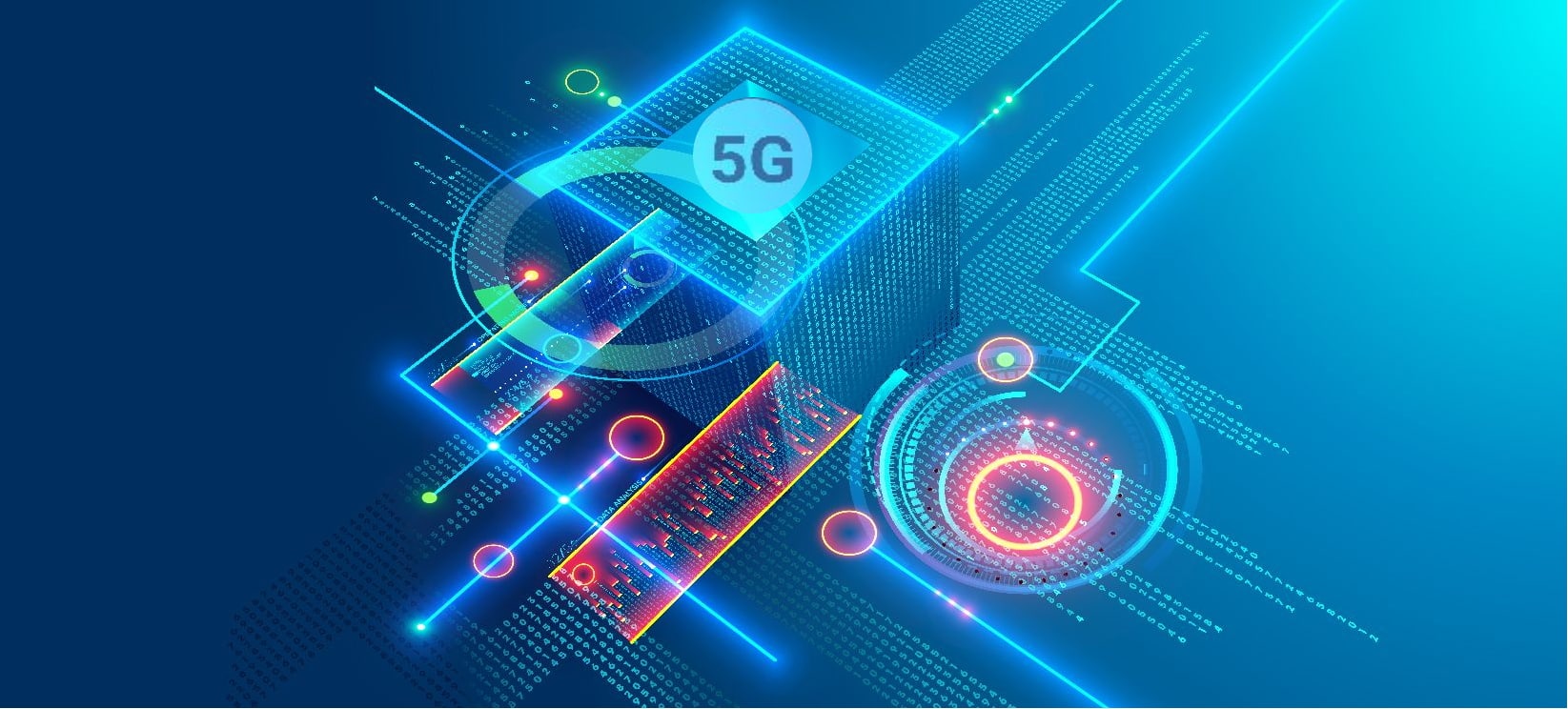When thinking about edge computing and 5G applications, we immediately think of cool AR navigation systems or smart homes and cities.
But, for any city to exist, it must be built first, brick and mortar. The global construction industry constitutes 15% of the global GDP and is only set to grow in the future. It’s also an industry that could reap numerous benefits from M2M communication facilitated by edge computing and 5G.
Benefits of IoT Devices in Construction: Improving Operability of Cranes
Recently, we’ve seen several interesting use-cases involving crane machines. Last year, one of Saguna customers was looking for a solution that would improve efficiency, safety, and mobility of their very large cranes.
Installing different IoT devices and sensors would mean being able to measure strain, wind, and vibrations in different parts of the crane. This information would be used to adjust the working parameters and ensure maximum productivity and increased life span of the machine.
Leveraging the high bandwidth and low latency provided by edge computing and 5G, this information would be fed to local control systems in real-time. This would allow for optimal supervision and management of crane operations, with adjustments to speed, spin, or lift being performed in real-time and according to real-world conditions.
As in many IoT use-cases, the feedback control loop latency must be almost non-existent for this system to make a real change in crane operation efficiency. This is only possible if companies combine the power of technologies such as edge computing, 5G and IoT.
Industrial Cranes and the Future of IIoT
As these technologies advance, we will also see more applications for machine-to-machine communication. In industrial IoT use-cases, edge computing and 5G would enable a large network of machines communicating on matters such as positions, results, and maintenance issues. M2M communication would significantly eliminate human error and speed up any and all industrial processes.
Traditional large-scale cranes are used to lift heavy objects up and down, but recently we’ve seen an increase in the usage of Industrial cranes as well. These cranes are able to transport their load from point A to point B. However, inadequate steering of these machines would result in property and product damage and would present safety issues for the crew.
Future Market Insights conducted a study examining potential uses of IIoT in the mobile crane market. They found that global demand for IIoT-powered mobile cranes will be considerable in the coming years.
This finding comes as no surprise if we consider all the benefits IIoT provides in various industries: accelerated production times, improved data and analytics, real-time supervision, and M2M networking.
In Conclusion…
Technologies such as edge, 5G, and IoT promise use-cases that will improve day-to-day life for regular end-users. But the changes they will bring in industrial use-cases are transformative and nothing short of revolutionary. Industrial IoT applications and smart manufacturing represent a bedrock of the fourth industrial revolution.
Saguna is a pioneer in edge cloud computing, moving you one step closer to Optimizing IIOT . Contact us today to find out more.


